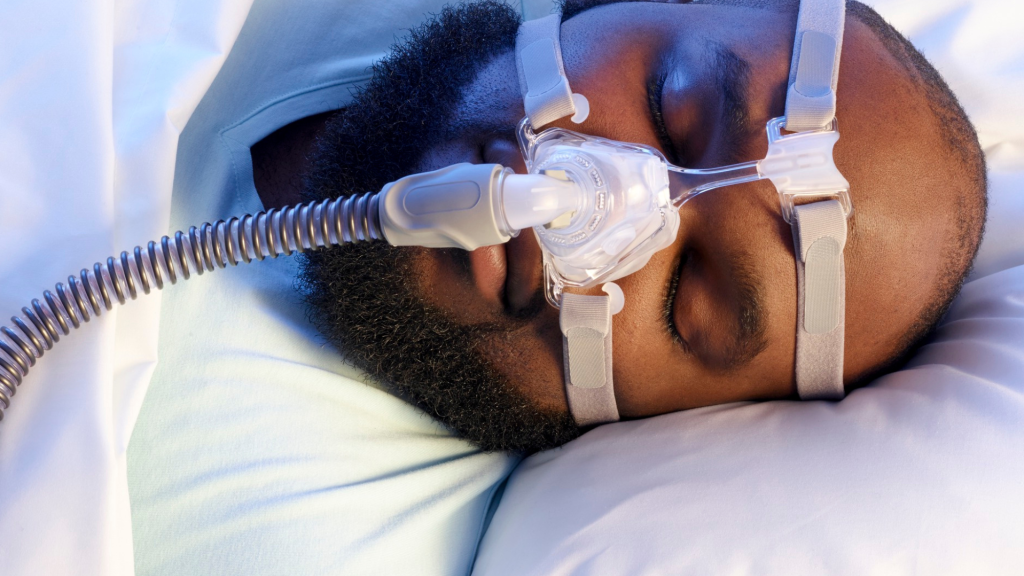Obstructive sleep apnoea
Obstructive sleep apnoea (OSA) describes a condition when there is a repetitive collapse of the upper airway during sleep, associated with daytime symptoms and often linked to other conditions (comorbidities).
Obstructive sleep apnoea (OSA) describes a condition when there is a repetitive collapse of the upper airway during sleep, associated with daytime symptoms and often linked to other conditions (comorbidities).

OSA is a very common disorder and affects around 13% of the male and 9% of the female population. Prevalence in women doubles after menopause and then becomes comparable to men. It is not a life threatening condition in itself, but it can affect the heart, the brain and vessels, as it leads to oxygen deprivation of the body and bodily stress. This can result in serious problems such as arterial hypertension, heart failure, atrial fibrillation, stroke and diabetes.
OSA can have a great impact on quality of life. It affects quality of sleep, causing excessive daytime sleepiness and insomnia. It can also prevent a person driving a vehicle and affect school life, work and social activities.
“Sleep apnoea is a major health problem for affected patients. Suffering from disrupted sleep impacts their whole social and professional life. The major impact on multiple organs may lead to severe health consequences and may shorten life expectancy. The good news is that we have a variety of effective therapeutic options for individualised treatment.” Professor Winfried Randerath, Bethanien Hospital, Clinic of Pneumology and Allergology, Center for Sleep Medicine and Respiratory Care, Institute of Pneumology at the University of Cologne, Solingen, Germany.
in Europe in 2015
The charts below present the data available for obstructive sleep apnoea (OSA) in Europe. Data was taken from a 2019 study based on a systematic review and publicly available data. It covered prevalence only. The systematic review found published estimates for Germany, Iceland, Norway, Poland, Spain and Switzerland, as well as multiple other countries worldwide. These estimates were used to model estimates worldwide. Data was only modelled for patients aged 30-69 years. Numbers were provided for apnoea hypopnoea index (AHI) ≥5 and ≥15.
Study used:
Benjafield AV, Ayas NT, Eastwood PR, et al. Estimation of the global prevalence and burden of obstructive sleep apnoea: a literature-based analysis. Lancet Respiratory Medicine 2019; 7: 687-698.
In 2024, Lung Facts conducted a systematic review to check for the latest data on OSA in Europe. The above study from 2019 is still considered the most data robust source, however these new studies also provide some additional data:
Further data on OSA in children:
Find out more about how Lung Facts collects data for conditions not covered by the Global Burden of Disease (GBD) study.
All charts are freely available to download by clicking the three dots in the top right-hand corner. Please reference Lung Facts when sharing.